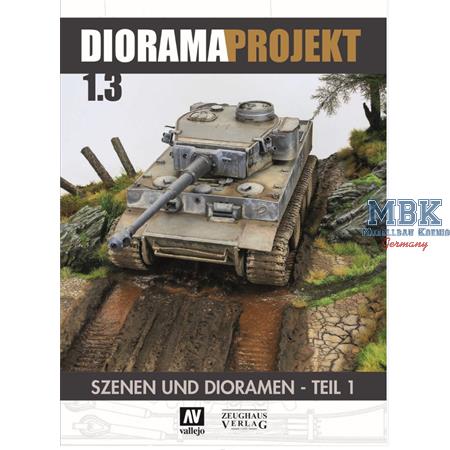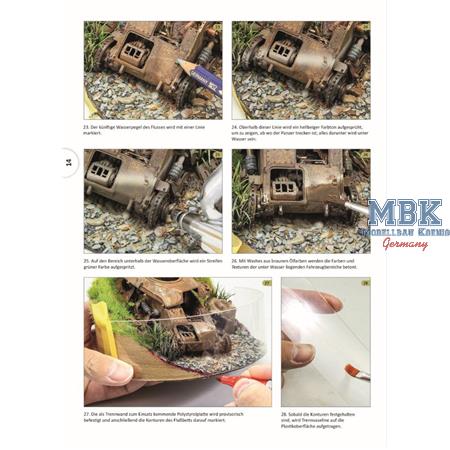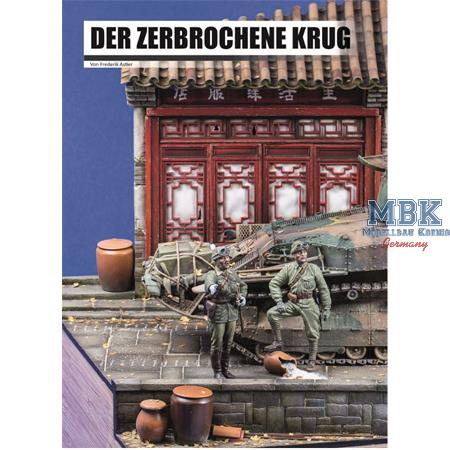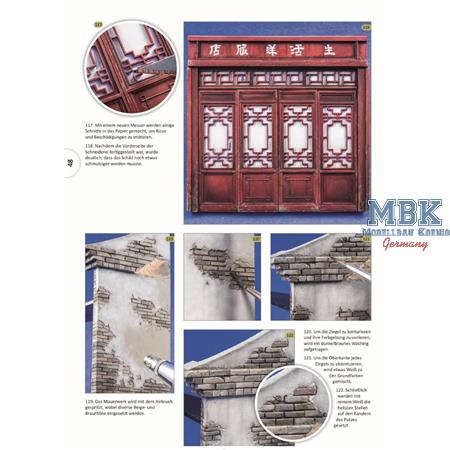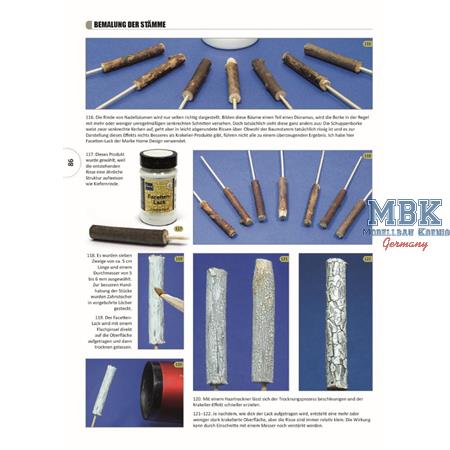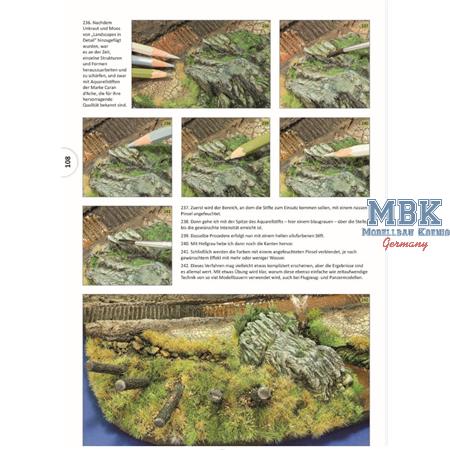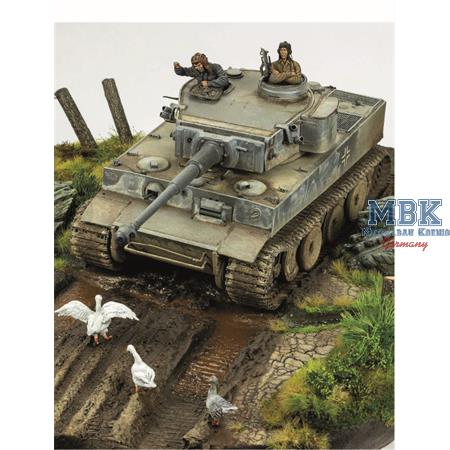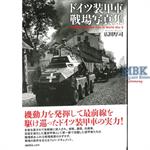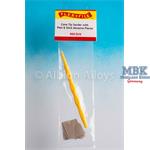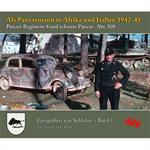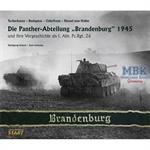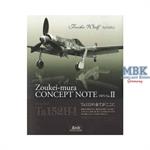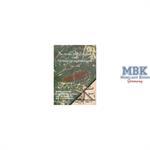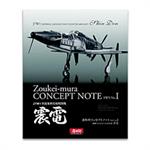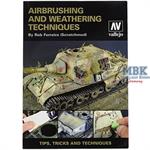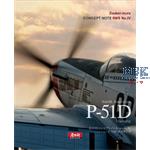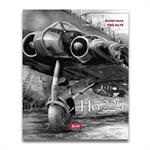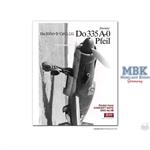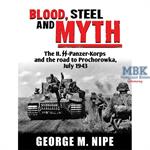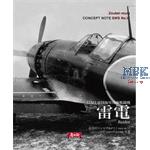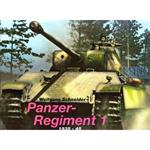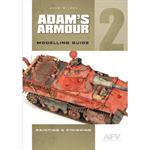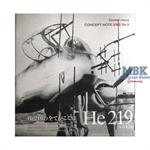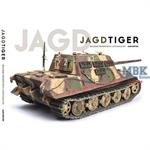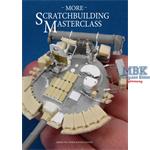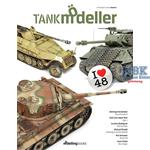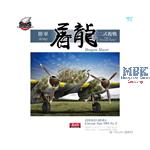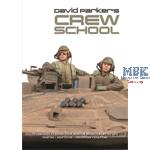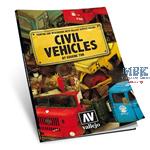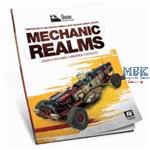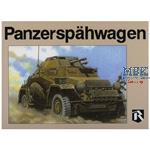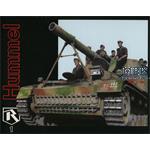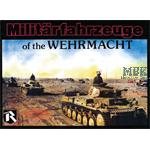Diorama-Projekt 1.3 Szenen und Dioramen Teil 1
5Z146
Zeughaus Verlag
The dioramas "On the River Bank", "The Broken Jug" and "In Single File" show scenes from World War II and the Sino-Japanese War (1937-1945). From the idea to the concept, the construction of the base, the terrain design to the construction of the buildings and design of an actual plant world, all steps are again explained in detail and of course shown perfectly with pictures.
At the riverbank
A similar scene here is set on the Eastern Front in late March 1943. The snow has melted away, the ground is breaking up in some places, even the puddles are getting smaller, except where a spring produces a small trickle of running water; Most of the grass and bushes have withered after a harsh winter. A German Tiger I - one of the first the Soviets were able to capture intact - is tested by their tank technicians and leaves its track marks in the damp ground during the test drive. After a brief stop, the crew of the vehicle suddenly find themselves in an unusual situation: a flock of geese, with their peculiar temperament and boldness, are defying the mechanical monster. The soldiers, both surprised and amused by this enemy, goad the birds to enrage them and have fun at their expense. Only a few months earlier, this tiger had ruthlessly destroyed enemy vehicles. Individual vegetal motifs dominate this diorama, so it is important to see how its elements connect and how the vehicle's palette is reflected in color and intensity on the surrounding rocks. Felled logs and stumps buried deep in the ground were common around Leningrad, especially on the riverbanks. This successful composition entitled "In Single March" comes from Rodrigo Hernandez Cabos.
The broken jar
As an army marches through conquered locations, there are often scenes in which the traditional local architecture is marred by enemy vehicles and soldiers. This is the backdrop to Frederick Astier's immensely symbolic composition, in which Japanese troops enter a Chinese village unopposed during the Sino-Japanese War (1937-1945).
In single file
Finally, Shimpei Nohara's diorama continues the story of the two previous scenes: the war is over and the abandoned remains of the vehicle are rusting and forgotten. Along the way we meet boy enjoying fishing - who knows, maybe he is the orphan of one of the soldiers who died in this very tank, who WILL be denied a normal life due to the past and future effects of the war.
Illustrated in color throughout, paperback. 120 pages, only in German language available
Write now your personal experience with this article and help others with their purchase decision.
